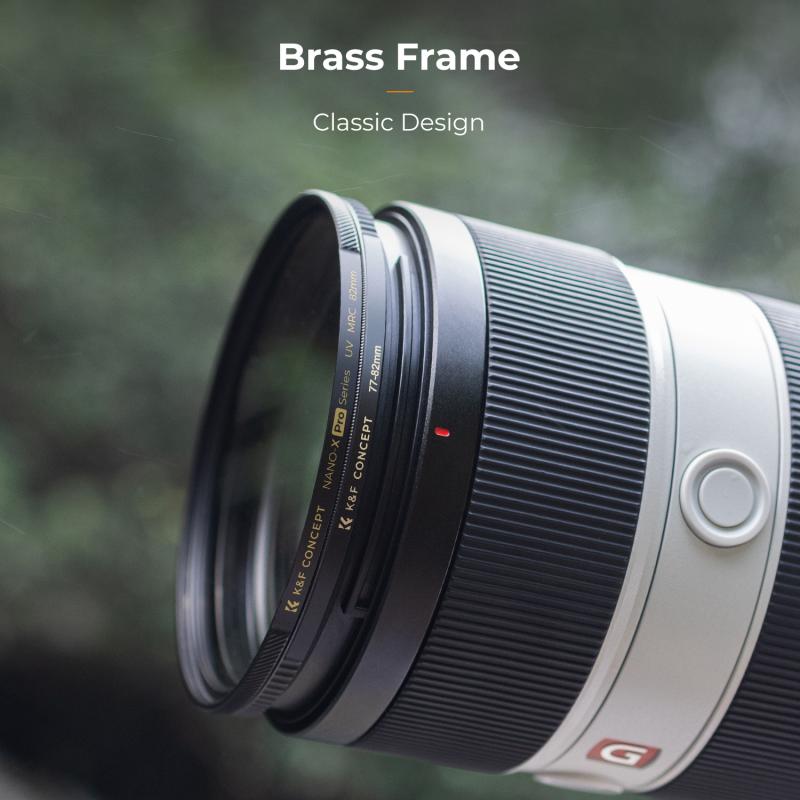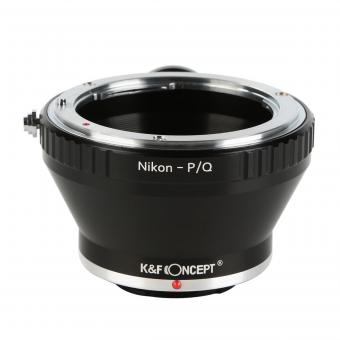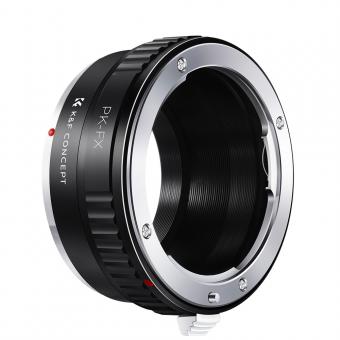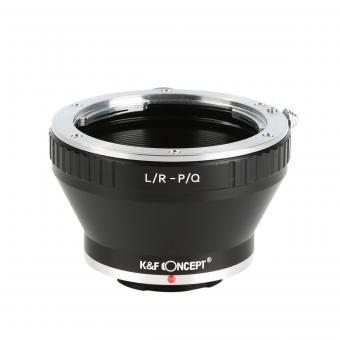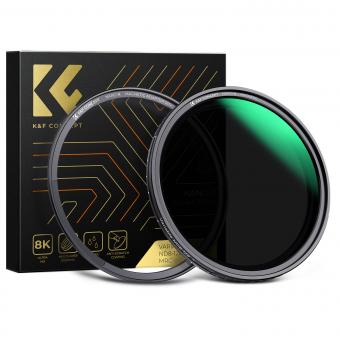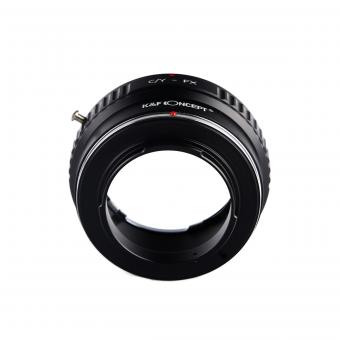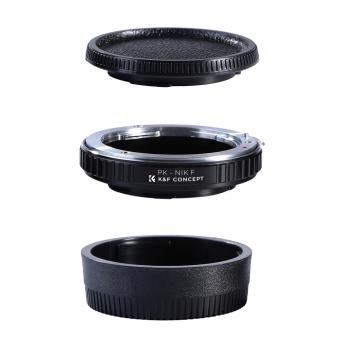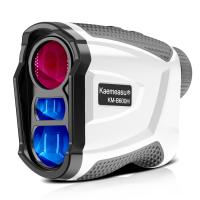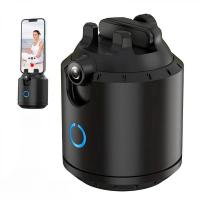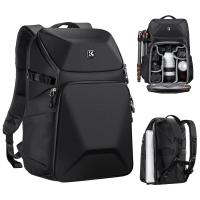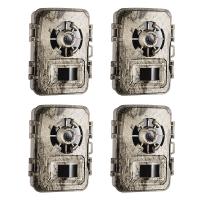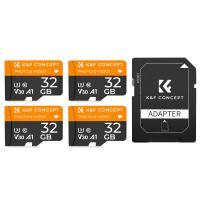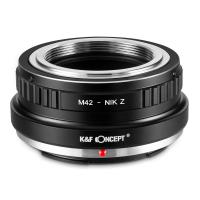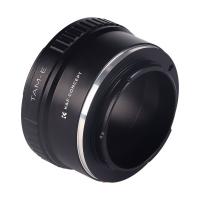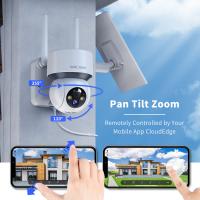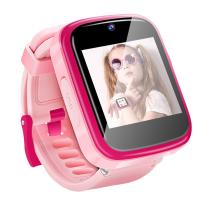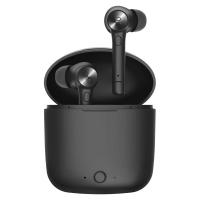What Thread Is A Camera Mount ?
The thread used for a camera mount is typically a 1/4"-20 thread. This means that the screw has a diameter of 1/4 inch and 20 threads per inch. This thread size is commonly used in photography and videography equipment, and is also used for other types of mounts such as tripod heads and lighting fixtures.
1、 Screw thread standards for camera mounts
What thread is a camera mount? The thread used for camera mounts can vary depending on the manufacturer and the type of camera. However, there are some common screw thread standards for camera mounts that have been established over time.
One of the most common screw thread standards for camera mounts is the 1/4"-20 UNC thread. This thread has a diameter of 1/4 inch and a pitch of 20 threads per inch. It is commonly used for tripod mounts and other camera accessories.
Another common screw thread standard for camera mounts is the M6 thread. This thread has a diameter of 6mm and a pitch of 1mm. It is commonly used for larger cameras and heavier equipment.
In recent years, there has been a trend towards using proprietary screw thread standards for camera mounts. This allows manufacturers to create unique mounting systems that are specific to their cameras and accessories. While this can be beneficial in terms of compatibility and ease of use, it can also make it more difficult to find compatible accessories from other manufacturers.
Overall, the thread used for camera mounts can vary depending on the manufacturer and the type of camera. However, there are some common screw thread standards that have been established over time, as well as newer proprietary standards that are becoming more common.
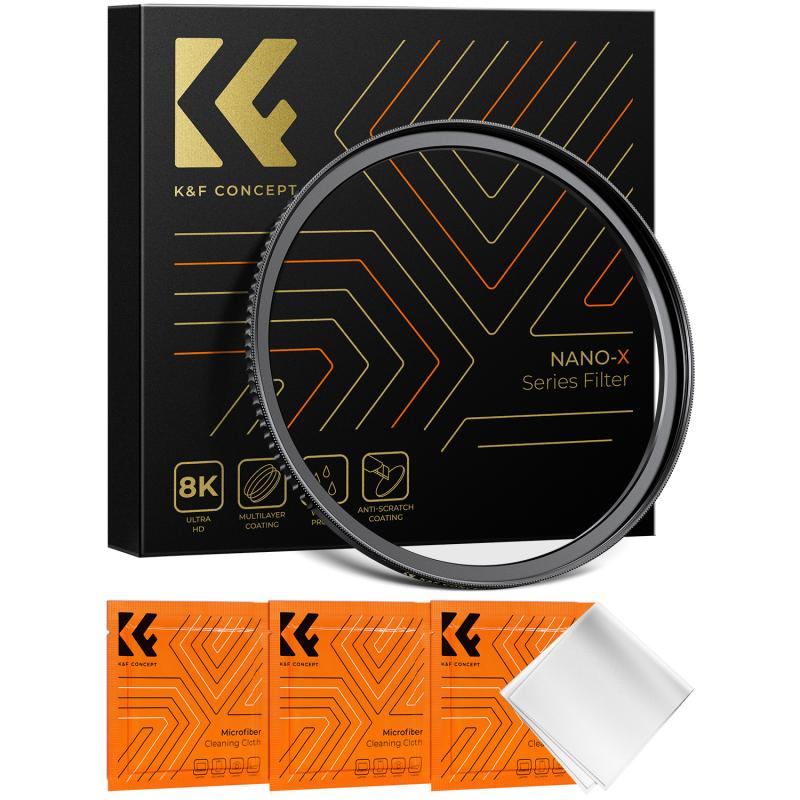
2、 Types of camera mount threads
Types of camera mount threads are varied and depend on the type of camera and the intended use. The most common camera mount thread is the 1/4"-20 thread, which is used for attaching cameras to tripods, monopods, and other camera support equipment. This thread is also used for attaching accessories such as flash units, microphones, and other devices to cameras.
Another common camera mount thread is the 3/8"-16 thread, which is used for attaching larger cameras and heavier equipment to tripods and other camera support equipment. This thread is also used for attaching accessories such as video monitors and external recorders to cameras.
There are also specialized camera mount threads such as the M42 thread, which is used for attaching older manual focus lenses to cameras. The MFT (Micro Four Thirds) mount is used for attaching lenses to mirrorless cameras, while the EF mount is used for attaching lenses to Canon DSLRs.
The latest point of view on camera mount threads is that they are becoming more standardized across different camera brands. This makes it easier for photographers and videographers to switch between different camera systems without having to purchase new support equipment. Additionally, some camera manufacturers are now offering adapters that allow users to attach lenses with different mount threads to their cameras, further increasing the versatility of camera systems.
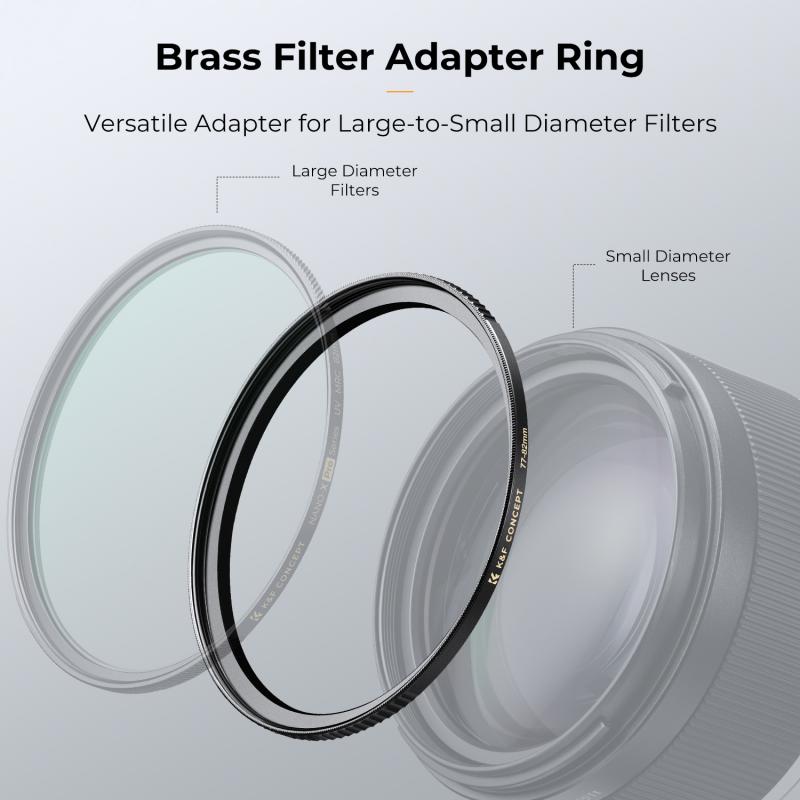
3、 Thread pitch and diameter for camera mounts
Thread pitch and diameter for camera mounts are important specifications that determine the compatibility of different camera accessories. The most common thread size for camera mounts is 1/4"-20, which means the diameter of the thread is 1/4 inch and the pitch is 20 threads per inch. This thread size is used for most camera tripods, monopods, and other accessories.
However, there are other thread sizes used for specific camera models and accessories. For example, some mirrorless cameras use a smaller thread size of 3/8"-16, while some larger cameras may use a larger thread size of 3/8"-24. It is important to check the specifications of your camera and accessories to ensure compatibility.
In recent years, there has been a trend towards using quick-release systems for camera mounts. These systems allow for faster and easier attachment and detachment of cameras from tripods and other accessories. Some quick-release systems use a proprietary thread size, while others use a standard thread size such as 1/4"-20 or 3/8"-16.
Overall, understanding thread pitch and diameter for camera mounts is essential for ensuring compatibility between different camera accessories. As technology continues to evolve, we may see more innovations in camera mount systems that further simplify and streamline the process of attaching and detaching cameras from accessories.

4、 Evolution of camera mount threads
What thread is a camera mount?
A camera mount thread is a standardized screw thread used to attach a camera to a tripod or other support. The most common thread size for camera mounts is 1/4-20, which means the screw has a diameter of 1/4 inch and 20 threads per inch. This thread size is used by most cameras and tripods, making it easy to interchange equipment.
However, there are other thread sizes used for camera mounts, such as 3/8-16 and M10. These thread sizes are typically used for heavier cameras and professional-grade tripods.
Evolution of camera mount threads:
The camera mount thread has evolved over time, with different sizes and standards being introduced. In the early days of photography, cameras were often mounted on wooden tripods using a simple screw thread. As cameras became more advanced and heavier, new thread sizes were introduced to accommodate the weight and size of the equipment.
Today, the 1/4-20 thread size is the most common standard for camera mounts, but there are also other thread sizes used for specific applications. For example, some cameras and tripods use a 3/8-16 thread size for added stability and support.
The latest point of view:
With the rise of mirrorless cameras and smaller, more compact equipment, there has been a trend towards smaller and lighter camera mounts. Some manufacturers have introduced new thread sizes, such as the Arca-Swiss system, which uses a dovetail design for added stability and ease of use. Additionally, some camera manufacturers have introduced proprietary mounting systems, such as Sony's E-mount and Canon's RF mount, which are designed specifically for their respective cameras and lenses.
